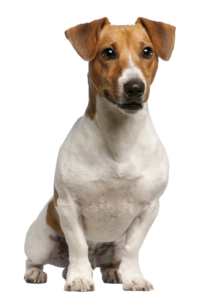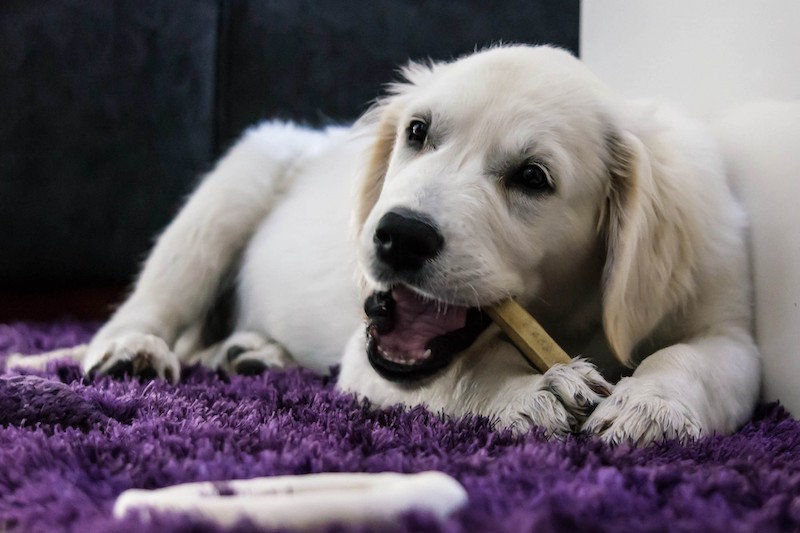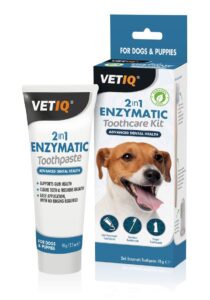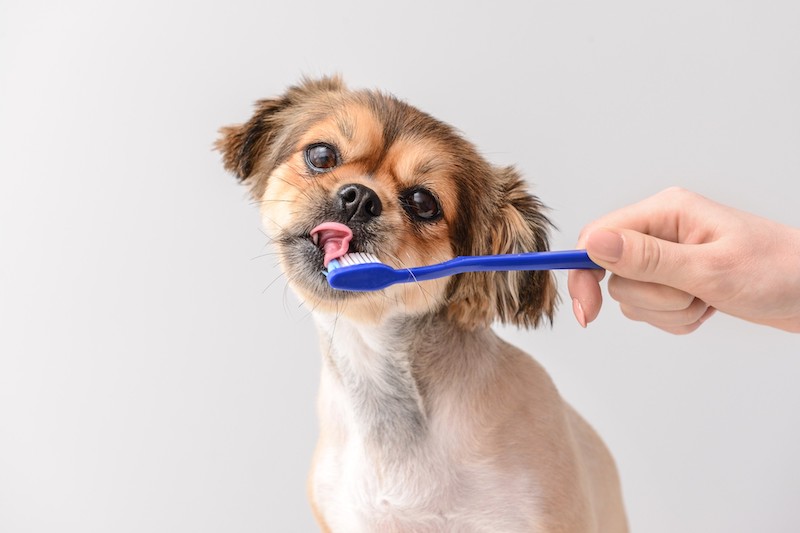As a pet parent, having a happy and healthy dog is no doubt at the top of your priority list. You ensure they get regular exercise, frequent baths and are never in short supply of their favourite foods – but should you also pay attention to things like brushing their teeth? Absolutely YES!
Research suggests that more than two out of three dogs who are over the age of three suffer from periodontal disease, which is an infection of the tissues surrounding the teeth. With most dogs displaying signs of this disease by the time they reach three years old, getting your pet into the habit of teeth brushing from an early age is extremely important.
What you need to know before you start
Before you tackle your pooch’s pearly whites, there are a few important things you need to know. As with building a fence or baking a cake, you’ll need to make sure you have the right tools and ingredients before getting started.
- A soft-bristled dog toothbrush – preferably with an angled handle for those hard-to-reach areas – should be number one on your shopping list. Opt for a brush with a longer handle if you have a larger dog. For smaller dogs, particularly those under 30lbs, you can use a silicone finger brush or even a baby toothbrush, which is specially designed for delicate gums. There are certain products on the market that will give you the option of toothbrush and finger brush (along with toothpaste) so you can experiment and find what works best.
- A tube of pet toothpaste – which comes in a variety of dog-friendly flavours, is your next go-to item. NEVER use human toothpaste when brushing your dog’s teeth, as this contains certain chemicals and cleaning agents that could be harmful to your pet if ingested. Similarly, baking soda should not be used in place of pet toothpaste, as its high alkaline content can irritate the stomach.
- A pair of vinyl gloves – to protect your hands from the bacteria that lives in your dog’s mouth will come in, well, handy! If you find these make the process more awkward, make sure to thoroughly wash your hands with soap and water after the cleaning session.
2 IN 1 ENZYMATIC TOOTHCARE KIT
A natural enzymatic toothpaste for dogs that freshens breath and helps manage plaque and oral bacteria and supports gum health & clean teeth. Easy to apply, no need for rinsing, and comes with a biodegradable bamboo toothbrush.
Other important factors to consider
There are also a number of factors to consider before launching at your pet while wielding a toothbrush!
- Firstly, it’s important to choose a time when your dog is feeling calm and relaxed, perhaps after a walk when they’ve used up a lot of energy.
- When you go to examine their mouth, kneel or sit in front or to the side of them, rather than standing over them in a position that might seem threatening.
- Before introducing a toothbrush, you should first rub your finger or a piece of gauze along your dog’s gums to get them used to the feeling. When doing this, make sure to stick to the outside surface to avoid being accidentally bitten.
- Allow your dog to taste the toothpaste from your finger before using it when brushing. If they turn their nose up after a few tries, you can experiment with different flavours until you find one that sticks.
When you’re ready to begin the brushing process, make sure to keep the experience positive throughout by reassuring your dog, patting them and talking to them.
Step 1
Apply a small amount of toothpaste to the toothbrush. Starting on one side, lift the lips to expose the upper outer surface of the teeth and brush this area in a gentle, circular motion, angling the bristles so you reach the gumline as well as the teeth.
Step 2
Don’t worry if you can’t reach the inner surface – most pets won’t let you delve this far!
Step 3
To access the lower teeth, open your dog’s mouth by holding onto their upper jaw with your free hand and gently tilting their head backwards. Repeat the brushing process as above.
Step 4
Once the process is finished, rinse the toothbrush thoroughly and reward your dog with a treat to create a positive association with teeth brushing.
It’s important to keep in mind that your dog may only allow you to brush a few teeth on the first go, so start small and build up gradually until you are brushing all teeth in one session, which should take a maximum of two minutes. For the initial sessions, focus on the canines and upper molars where a build-up of tartar is common.
Using dental care products between brushing, such as dental chews, can also help to reduce the accumulation of plaque and tartar. While you should aim to brush your dog’s teeth at least three times per week, building up to a daily brushing session would do wonders for your pet’s overall health – and your own peace of mind.
2 IN 1 ENZYMATIC TOOTHCARE KIT
A natural enzymatic toothpaste for dogs that freshens breath and helps manage plaque and oral bacteria and supports gum health & clean teeth. Easy to apply, no need for rinsing, and comes with a biodegradable bamboo toothbrush.







